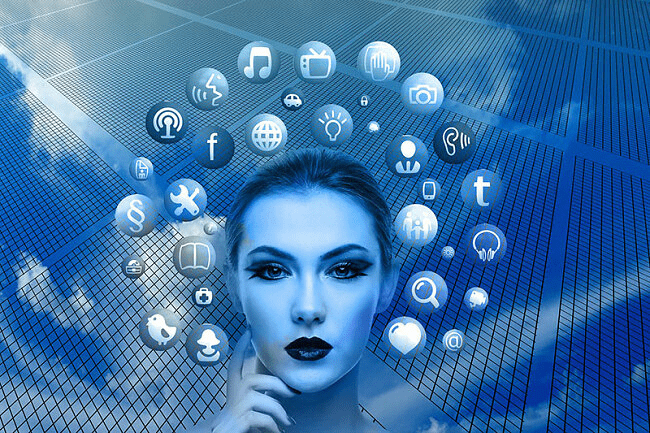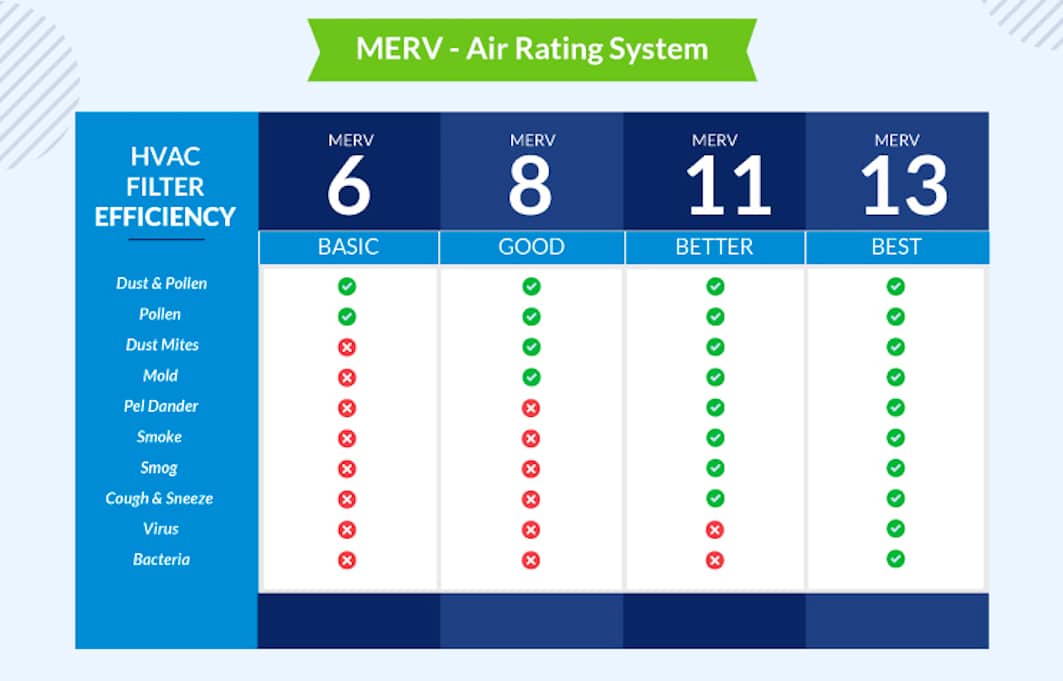Ultimate Guide To Iot & How To Protect Them In 2023

The term “Internet of Things” (IoT) is frequently misused. The finest definition and description of IoT: the functioning of everyday objects over the internet via computing devices implanted within them. Kitchen appliances, lighting, heating units, security systems, and other “daily items” fall within this category.
Despite the fact that we have provided a basic definition of the term “IoT,” technology is becoming increasingly sophisticated with time. With the introduction of Artificial Intelligence and technical developments on a regular basis, sophisticated software implanted within physical gadgets, vehicles, and even buildings will allow not only you to engage, but the objects to operate on their own or in conjunction with one another.
As a result, there has been a surge in demand for IoT development companies that can help businesses integrate IoT technology into their products and services. For instance, if you’re looking for an IoT Development Company in Dubai, there are several reputable firms that specialize in developing custom IoT solutions to meet the unique needs of businesses in the region. These companies can help you design, develop, and deploy IoT solutions that can improve efficiency, reduce costs, and enhance customer experience. With the right IoT development partner, you can unlock the full potential of IoT technology and stay ahead of the competition in today’s fast-paced digital world.
IoT Explained
As previously said, IoT entails various sorts of smart gadgets being informed what to do or connecting with one another in order to improve the quality of life around us – it makes our lives easier. This is accomplished by network connectivity, which is often wireless.
IoT Components
IoT is a complicated framework made up of many pieces ranging from sensors to actuators. Confused? We’re here to explain what’s going on.
Essentially, every IoT object begins with a sensor. Objects cannot perform actions or capture states unless they are equipped with sensors. This, combined with a connection to the internet, makes these items “smart” without the need for human participation. The actuator then causes everything to happen.
Simply simply, IoT is a collection of interconnected technologies rather than a single technology.
- Sensors to Actuators
- The Network
- Apps, platforms and services
- Sensors to Acurators
IoT items are primarily low-power gadgets that were not designed to be “smart” from the start, but have evolved through time. The majority of the devices are low-cost and wireless. The sensors attached to the items continuously collect data from their surroundings and transmit it to the next layer.
Sensors that are commonly used include thermostats, pressure sensors, humidity sensors, proximity detection, speed sensors, RFID tags, and so on. The actuator functions similarly to a switch, making the command a reality on the gadget.
- The Network
Wi-Fi internet is the standard communication network in IoT, although most modern smart devices and sensors can also be connected by alternative low powered networks such as Bluetooth, Z-wave, ZigBee, LoRAWAN, and so on. Each of these networks has advantages and disadvantages in terms of data transfer rate and overall efficiency.
The development of IoT networks is still underway, with the goal of improving technology, increasing battery life, and increasing efficiency. 6LoWPAN, which is IPv6 over Low Power Wireless Personal Area Networks, is one of the most recent protocols to be added. Many organisations have adopted the technology, which is now utilised to provide energy-efficient data transfer in IoT networks.
- Apps, Platform, and Services
The middleware that connects IoT components comprises IoT apps, platforms, and services. They collect and distribute data, convert across protocols, store and analyse data, and so on.
These services, which are largely cloud-based, are in charge of processing data and converting it into meaningful information. Amazon Web Service is an example of a widely utilised IoT service (AWS). Microsoft Azure, IBM Watson Bluemix, and ThingWorx are among the others.
Also Check: Choosing The Best IoT Application Development Company In 2023
The Growth of IoT
Although the Internet of Things has received a lot of attention in recent years, it is not a new concept. A Coca-Cola machine invented at Carnegie Melon University in the 1980s was one of the early demonstrations of IoT.
It was an internet-connected refrigerator where one could check to see if a drink was available and if it was cold before opening the fridge. Back then, the concept was simply known as “embedded internet” or “pervasive computing.”
Some IoT Application Areas (Impact of IoT)
According to data, the key applications of IoT include improving customer experiences, enabling safety, achieving cost reductions, increasing production, and getting supply chain visibility.
It is projected that the Internet of Things will continue to grow dramatically and create new businesses around the world. Nowadays, the following areas have been completely revolutionised by this groundbreaking concept:
- IoT at home
Despite the fact that IoT has expanded in every sector, the fastest growing sector is IoT home. In fact, we are on the verge of a smart-home explosion! According to a recent Intel Corporation study, 71% of those polled anticipate to see at least one smart-home gadget in every home by 2025. Another 68% believe that smart homes will be as prevalent as smartphones within the next decade.
Smart lights, such as the Philips Hue bulb, and thermostats that can be controlled remotely are examples of IoT at home. Amazon dash buttons are another outstanding example. If you’re not familiar with them, they’re Wi-Fi-enabled devices that allow you to re-order your favourite goods with the touch of a button. Dash Replenishment Services go even farther, automatically ordering things when they detect that inventories are getting low.
- Smart Cities
Cities all over the world are capitalising on the expansion of IoT to improve lives, service delivery, save costs, and maximise revenue. Actually, according to a Juniper Research research sponsored by Intel, smart cities have the ability to “give back” 125 hours to each citizen per year!”
Barcelona was one of the first cities to invest in IoT, using responsive systems as early as 2012. The city, like most other smart cities, uses IoT in sectors like public transportation, street lighting, parking, water, electricity, and trash management.
If you are in town and need to park, you will not have to look far. The parking system will display available parking spaces nearby, saving you energy and time. These sensors will also collect statistics to assist the city in maximising parking revenue.
Smart bins in trash management monitor waste levels and optimise collection routes. This will assist the municipality in lowering the costs of monitoring every bin along every route. Some advanced bins may even detect dangerous or unpleasant water!
- IoT in Agriculture
The Internet of Things has considerably enhanced agriculture in terms of both farming and animal management. Farming sensors collect massive amounts of data on soil quality, weather conditions, crop progress, and livestock health. This information is then utilised to track performance, equipment, and treatment efficiency, among other things. The data can also be used to forecast production output, allowing farmers to determine how to share their produce.
Because farmers will have more control over the production process, IoT will also assist manage costs and eliminate waste. The automation brought about by IoT in activities such as fertilising, irrigation, and pest management also contributes significantly to cost and waste reduction. Farmers may now enhance productivity while maximising profit thanks to IoT in agriculture.
Also Check: 6 Ways A Software Development Business Can Utilize Blockchain Technology In 2023
- IoT in industry
The Industrial Internet of Things (IIoT) is quickly expanding and presently accounts for the majority of IoT spending. According to Accenture, IIoT could add $14.2 trillion to the global economy by 2030. The Internet of Things (IoT) is most commonly utilised in manufacturing, where it focuses on the use of cyber-physical systems to monitor and control production processes, as well as use the obtained data to make educated decisions.
One of the most important applications of IIoT is reducing energy usage, which is typically the most expensive expense for manufacturing enterprises. Because bills only show the overall power consumed within the factory, it can be difficult to detect inefficient devices. IIoT is used to collect and analyse data at the device level. Any underperforming devices will be detected and repaired in this manner.
Predictive maintenance is another significant advantage of IoT in the industrial business. Without IoT, businesses just do routine maintenance based on time or the history of an equipment. Because of the related guesswork, this results in unneeded expenses. Sensors in IoT typically monitor various machines and report on their status or if an issue emerges. This saves time, labour, and money, and early failure indicators are always reported. This reduces downtime, and the better manufacturing process will undoubtedly result in higher product quality.
- IoT in Health
The application of IoT in healthcare has delivered exceptional benefits, improving the quality and efficiency of treatments and overall patient health.
Several lives have been saved thanks to real-time monitoring technologies. When a patient is in danger of developing heart failure, diabetes, or an asthma attack, smart medical devices often collect data and alert the carer before sending it to the appropriate medical personnel via a connected smartphone. Normal-situation data is also highly beneficial to health experts in advising on any activities that need to be made to improve the patient’s health or to take preventative measures.
Using data acquired by medical devices such as heart monitors and insulin pumps, hospitals using IoT-connected devices can remotely monitor a patient’s health. They can always detect early indicators of problems and take preventive measures this way.
IoT and Data Security
The industry with the most concerns about data security is the one closest to home.
According to data undertaken for the Internet of Things Report, 193 million smart home gadgets are expected to be shipped this year. This represents a 224% increase over 2016, when 86 million gadgets were shipped. Smart home appliances (refrigerators, washers, dryers, and so on), smart home energy equipment such as smart lighting and thermostats, and smart home safety security systems such as cameras, monitors, sensors, and alarm systems are examples.
While the majority of it is intended for businesses and governments to better consumer and citizen service delivery, it can also be utilised by harmful parties. Because of the large number of points, such groups have more opportunity to hack and infiltrate a system in order to steal a user’s personal information or cause mischief to whatever is connected.
Also Check: Top Real Estate App Development Companies in Dubai
Collecting information from your home
Amazon Alexa is available on tens of millions of Amazon devices as well as devices manufactured by third-party manufacturers. Google Home is another IoT device that functions similarly and is quite popular among users. With so many individuals connected, so many are vulnerable at the same time.
Since the introduction of these IoT “voice assistants,” there have been concerns raised concerning user privacy and security. The topic of whether they can be used to spy on you is frequently posed, and there has yet to be a definitive answer.
Securing your home data
Whatever IoT gadget you use, it will undoubtedly collect data about you. Because different IoT devices pose different types of dangers, the only way to assure overall home security is to encrypt data using a VPN.
A VPN functions as a shield for your personal data, keeping it safe and secure. ExpressVPN is a good example of a VPN that uses AES 256-bit encryption to secure your security and privacy at all times. This VPN secures your traffic by encrypting it and tunnelling it to a server of your choice. Your data will not be routed through your ISP in this manner, keeping it safe and secure from hackers.
However, keep in mind that many IoT devices do not natively enable VPN installation. Using a router-based VPN is the best approach to ensure that even those devices are safe. Both of the VPNs mentioned above offer pre-installed VPN routers directly from their websites.
The Last Wise Words
IoT has grown at an exponential rate over the years and will continue to do so through 2023 and beyond. Connectivity of ordinary devices provides numerous benefits while also raising numerous security risks.



